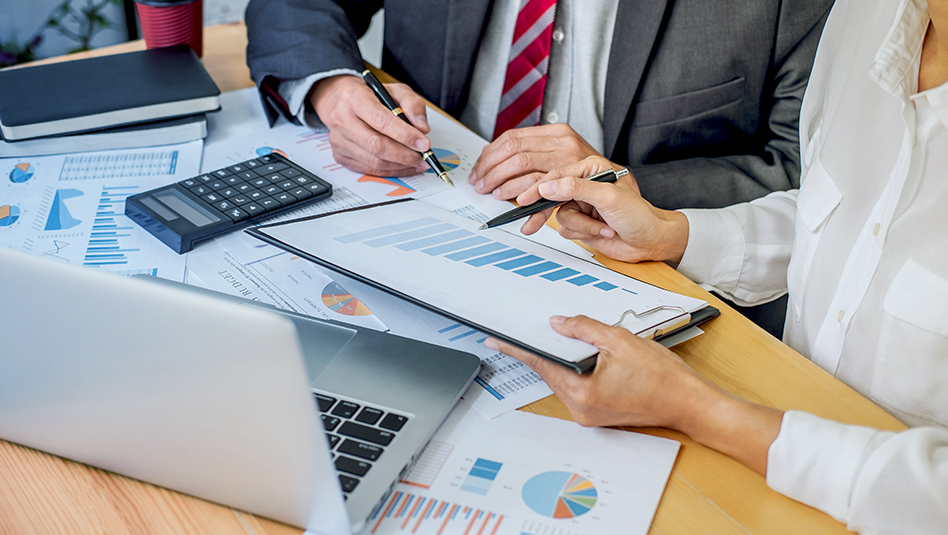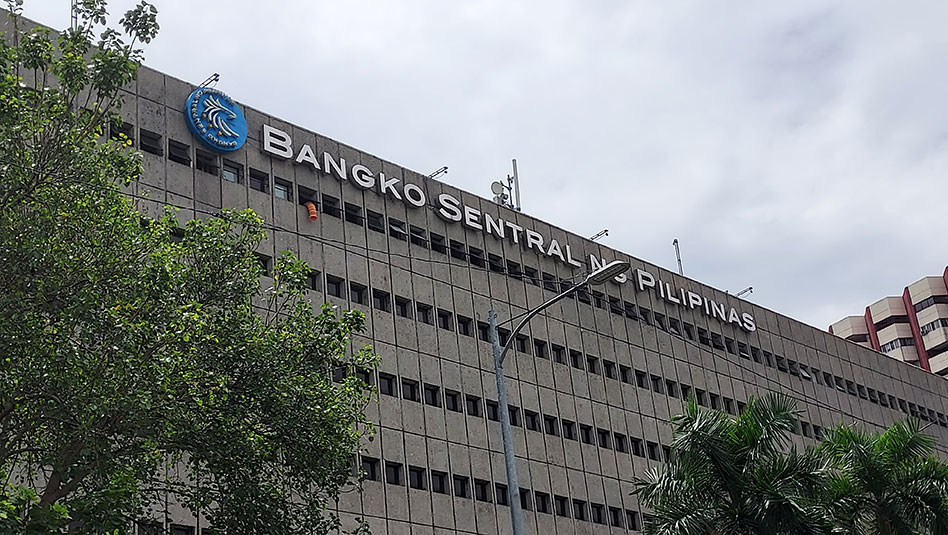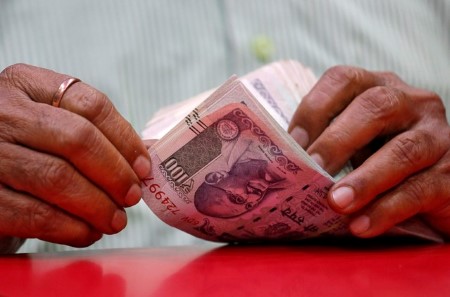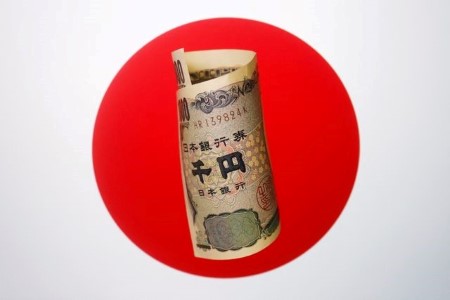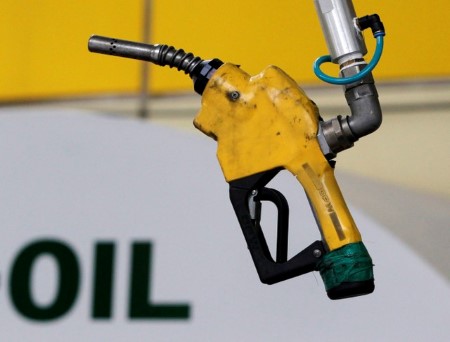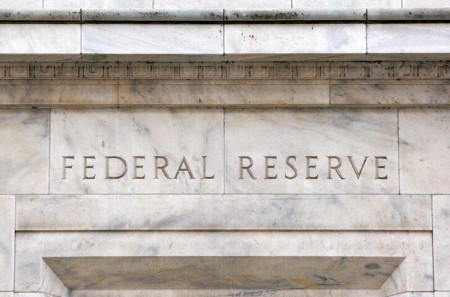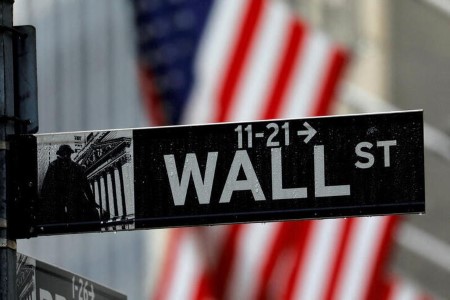LONDON, Sept 16 (Reuters) – The pound on Friday tumbled to a fresh 37-year low on the U. dollar, and a 17-month trough on the euro, after weaker-than-expected figures of retail sales added to worries about the health of Britain’s economy.
The pound fell more than 1% against the dollar to 1.1351, its lowest since 1985, its fall accelerating once it passed through the then 37-year low hit last week.
The euro rose to as high as 87.66 pence, its highest level since Feb 2021, and was last up 0.39% at 97.52 pence.
Retail sales volumes dropped 1.6% in monthly terms in August, the Office for National Statistics said on Friday – the biggest fall since December 2021 and worse than all forecasts in a Reuters poll of economists that had pointed to a 0.5% fall.
But this was just the latest bad news for the British currency.
“The grinding backdrop of everything that’s going on is weighing on sterling, with the UK running these massive external deficits and the risks around the new prime minister’s policies adding to that,” said John Hardy, head of FX strategy at Saxobank.
Britain’s new leader, Liz Truss, last week announced a cap on soaring consumer energy bills for two years to cushion the economic shock of war in Ukraine with measures likely to cost the country upwards of 100 billion pounds (USD 115 billion).
British finance minister Kwasi Kwarteng is due to make a fiscal statement this month to explain how this will be funded, and also is expected to say how he will deliver the tax cuts promised by Truss during her campaign for leadership of the Conservative Party.
“In addition, markets are “risk-off” following Fedex’s withdrawing its forecast, and US equities dropping below a key support level. In a risk-off environment, sterling is like a worse euro,” said Foley.
FedEx Corp on Thursday withdrew the financial forecast issued just three months ago, sending its shares plunging and weighing on markets more broadly.
(Editing by Sherry Jacob-Phillips)







 DOWNLOAD
DOWNLOAD

